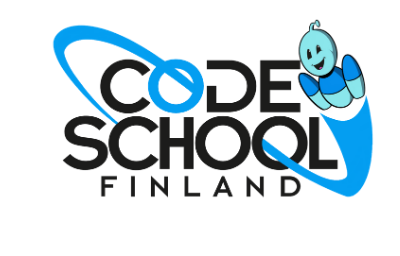Making Future AI Makers
A 15-minute easy-to-understand summary of what and how we should teach our children and students about AI.
Format
Video and readings
Time & Effort
~15 minutes
Course creator
Sirkku
Tahvanainen
Learning outcome
Three key elements for teaching AI.
Target audience
Educators and parents
Price
Free
Why take this course?
For many adults AI is an overwhelming issue. It is all-embracing by nature. The technical terms are difficult. AI develops very fast, so it is hard to keep up with. There’s also the profound questions of AI’s morality and its socioeconomic impacts. Therefore many of us think that AI is very difficult to understand and to speak about.
So surely AI must be too difficult for children to explore?
So surely AI must be too difficult for children to explore?
Well, on the contrary!
Write your awesome label here.
About the course
Artificial intelligence, AI, is already a big part of our daily lives, and it will be even more so in the future. This is why all of us, and especially children need to be educated about AI. But what and how to teach about AI?
This course will give you a specialist insight into the three key principles of high-quality AI education. The course contains three sections.
This course will give you a specialist insight into the three key principles of high-quality AI education. The course contains three sections.
Video & transcript
Course includes a 8-minute keynote recording from a 2021 online education event between Finland and Japan.
Reflection
After the video you will reflect your thoughts about teaching AI and do a short quizz.
Tips for teaching AI
We have put together a list of resources to check out for teaching AI.

